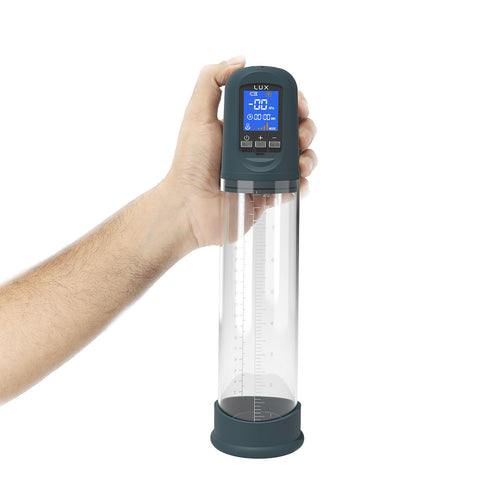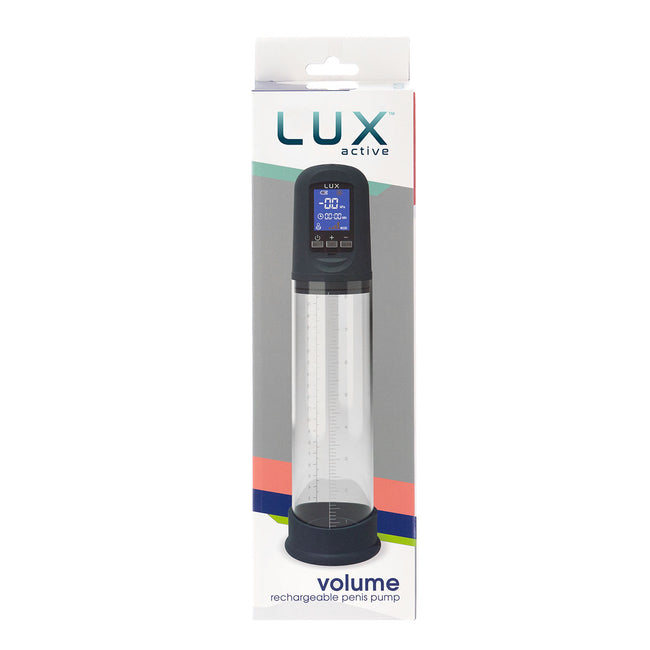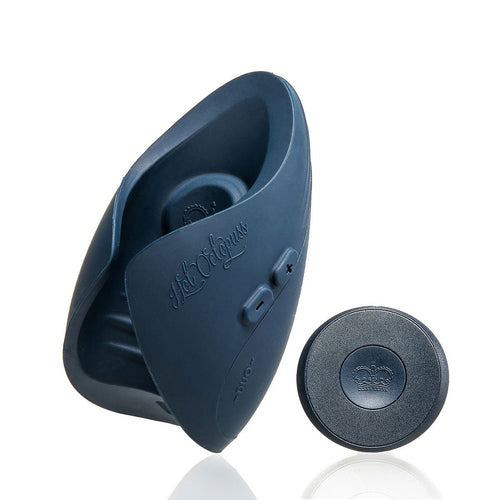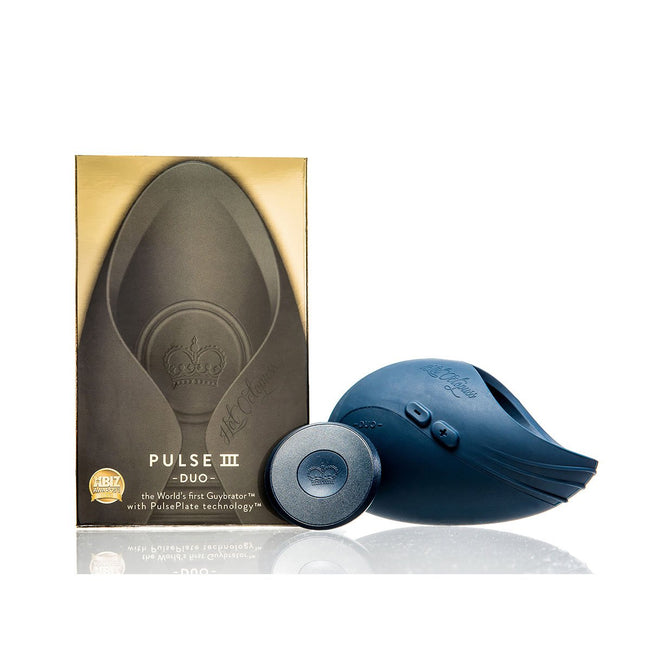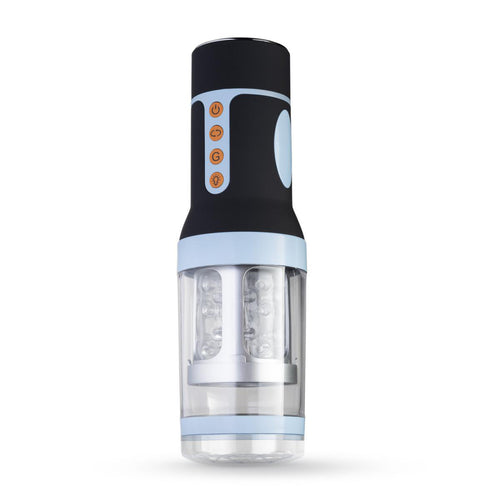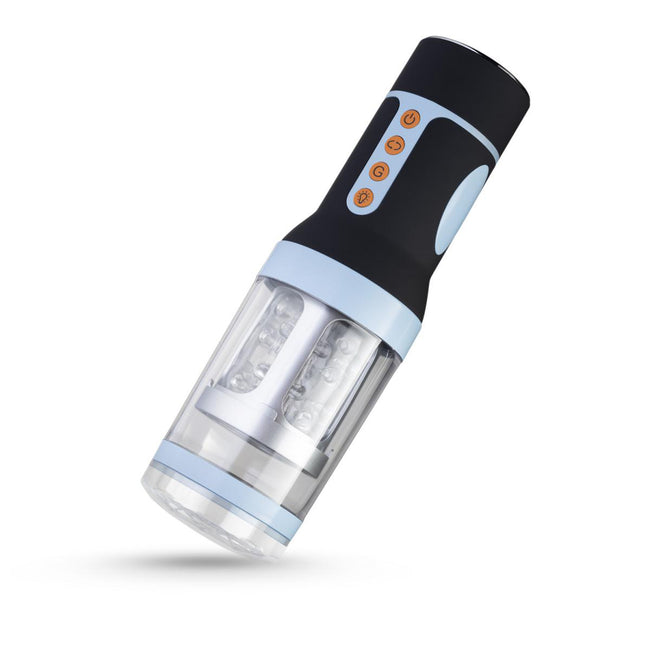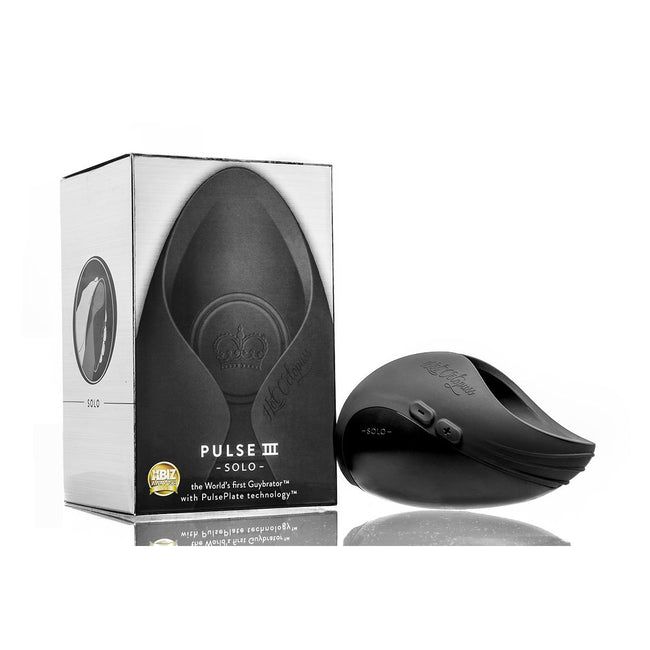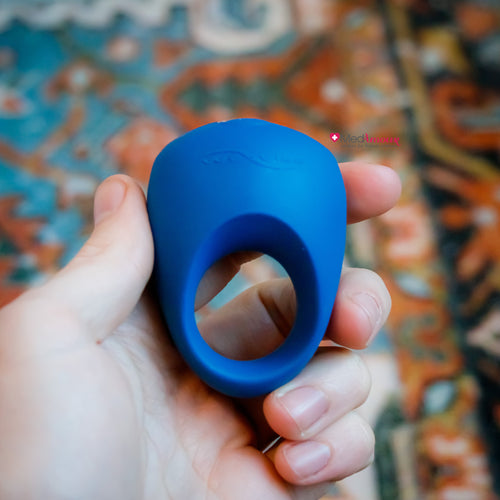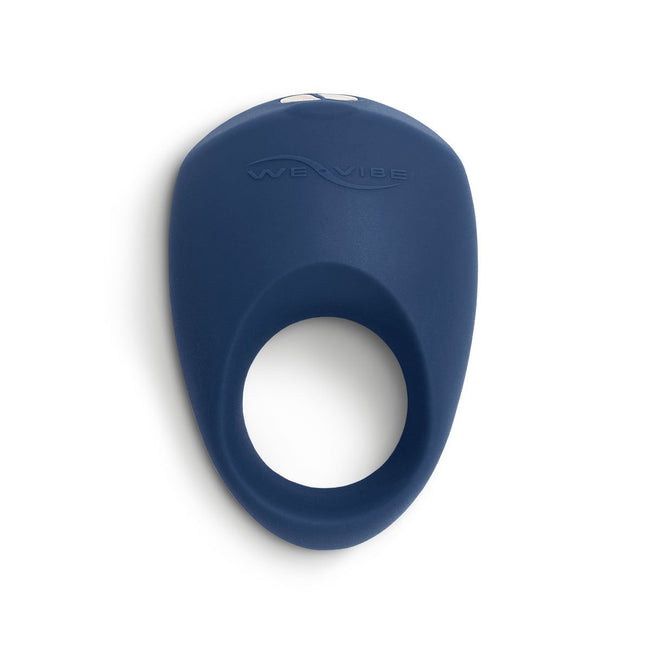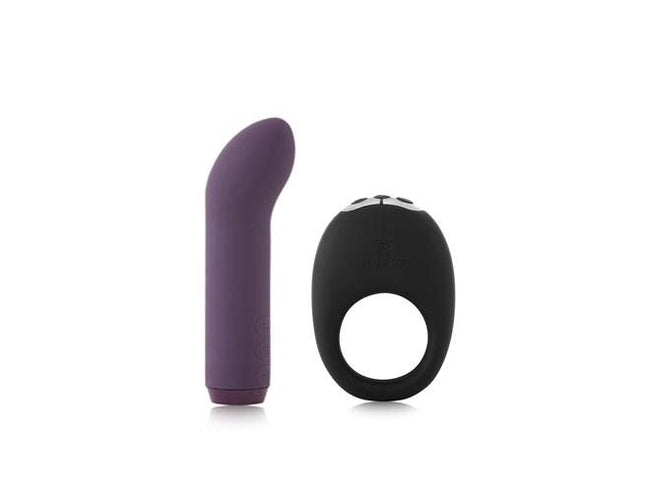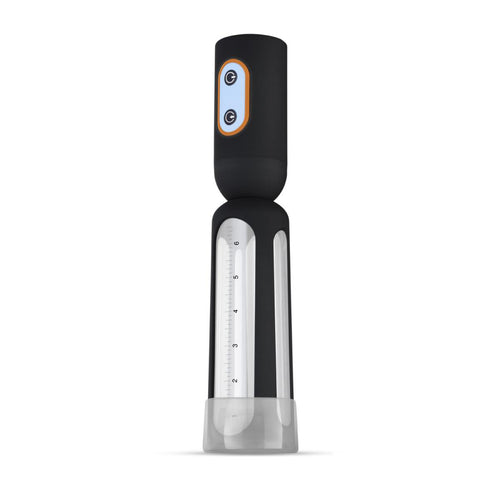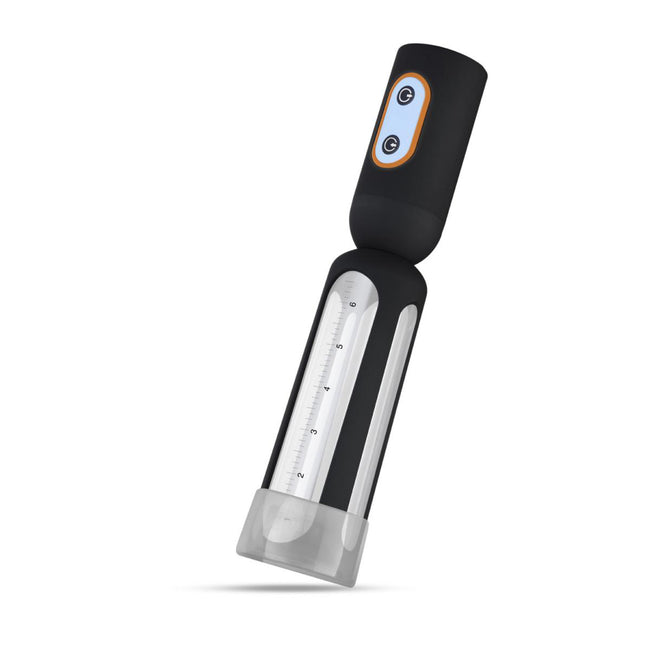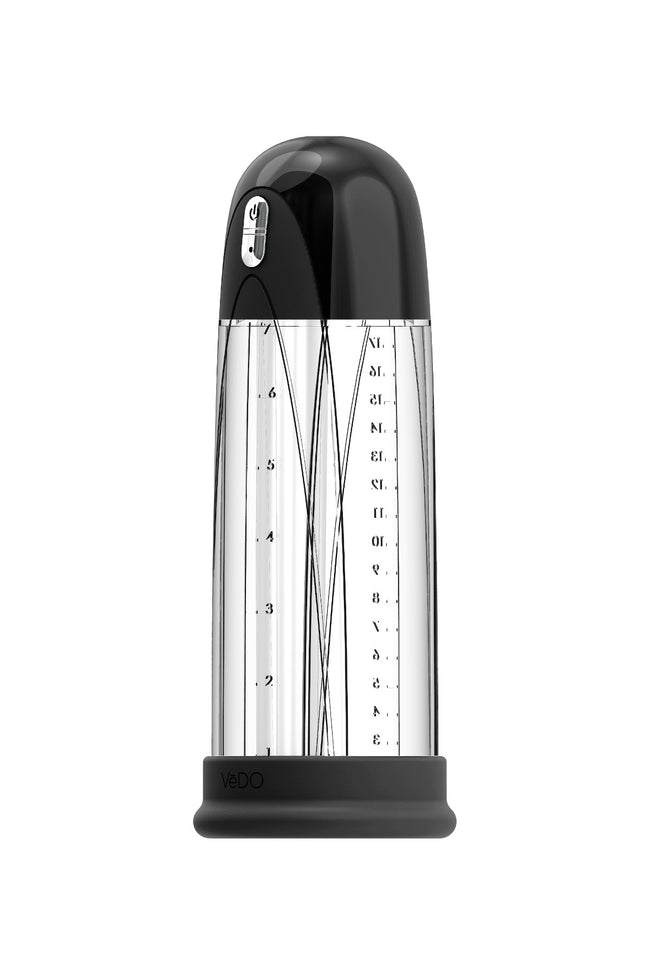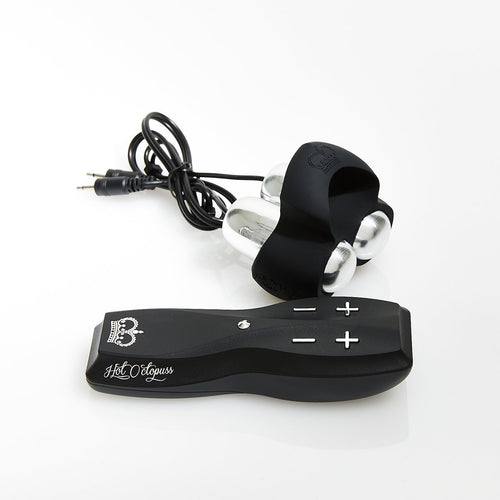Erectile Dysfunction

Erectile Dysfunction (ED) refers to the inability to achieve or maintain an erection. ED is the most common sexual issue for men. Half of all American men over the age of 40 will experience some form of erectile dysfunction.
The Biology of Erections
Typically, when a man is sexually aroused, nerve impulses signal an increase in blood flow to the penis. The blood then enters two erection chambers within the penis composed of spongy tissue known as the corpus cavernosum. The smooth muscle fibers within the erection chamber automatically relax to allow blood to enter and remain in the chambers. The pressure of the blood in the chamber makes the penis firm, creating an erection. After a man reaches orgasm, the blood leaves the chamber and the erection subsides.
Penile erection is triggered in one of two ways: either by direct physical stimulation or by stimuli coming from the brain (fantasy, sight, smell, etc.). There are medical, physical, and psychological issues that can impair the nerves and/or blood flow into a man’s penis resulting in erectile dysfunction.
What Causes ED?
Physical and medical issues surrounding erectile dysfunction are usually the result of one of the following three problems:
- The penis cannot store blood during an erection due to connective tissue defects or venous leaks resulting from trauma, testosterone deficiency, or prostate surgery.
- Nerve signals from the brain or spinal cord do not reach the penis due to disease, injury, or surgery.
- There is a decrease in blood flow into the penis due to heart disease, diabetes, or smoking.
How These Factors Work Together
Mental/Emotional
Sexual activity requires the mind and body to work together. Psychological, emotional, or relationship problems can cause ED, including depression, relationship conflicts, stress, and anxiety concerning sexual performance.
Medication/Drugs
Various prescription and over-the-counter medications may have side effects that can cause erectile dysfunction. Recreational drugs such as marijuana, heroin, cocaine, alcohol, and even tobacco may cause, or contribute to the problem.
Health Conditions
Health conditions that may lead to ED include high blood pressure, heart disease, diabetes, prostate problems, and low testosterone. Oftentimes, a general medical health practitioner or urologist will make the diagnosis. If the ED is due to low testosterone or diabetes, an endocrinologist is usually consulted. A health care provider may also suggest seeking out a mental health professional who specializes in the treatment of psychological or emotional causes of ED. Even if emotional issues are not causing the ED, they may be contributing to them.
Visiting Your Doctor About Erectile Dysfunction
To help determine an accurate diagnosis, a patient will undergo a physical examination and a few routine blood tests. During the appointment, the doctor may ask questions about sexual history and performance. These questions, while very personal in nature, are necessary to determine the cause of the problem. The important thing for one to remember is not to be embarrassed, and to be very open and honest so the best treatment option can be determined. Questions the physician is likely to ask include:
- Current sexual function
- When changes began
- Any past medical or sexual problems
- Surgery or injury to the pelvic area
- Current and past medication usage
- Lifestyle and personal habits (i.e. smoking, drinking, use of illicit drugs, etc.)
- Relationship with current and past partners
During the physical exam, the doctor will assess overall health and physical condition. They will look for signs of problems within the circulatory, nervous and endocrine systems. This includes checking the patient’s blood pressure and examining the penis and testicles as well as performing a rectal exam to check the prostate. These tests are not painful and can provide valuable information regarding the cause of the erectile dysfunction. Most patients do not require extensive testing before beginning treatment.
Treatment for Erectile Dysfunction
Available Products
Erection Rings
Erection rings can be flexible or rigid, vibrating or non-vibrating rings that are worn either at the base of the penis or around both the penis and testicles. Since they can only be put on while the penis is flaccid, they are a good option for men looking for additional stimulation to help with an erection and to keep the penis rigid once they do achieve an erection. Some are designed to also stimulate the perineum.
Vibrating or Stimulating Devices
Male vibrators such as the Hot Octopuss Pulse III and Pocket Pulse make it possible for men to be aroused and even reach orgasm without needing to be erect. These products can be used with a flaccid penis and are designed to stimulate areas such as the sensitive frenulum. You can find these and others within this category.
Prostate Stimulation Devices
Prostate massagers, such as the ones available in this category, can provide additional stimulation to the prostate, sometimes enhancing or generating an erection. Many men achieve much more intense sensations and orgasms with the help of prostate massage.
External Vacuum
For men who cannot or do not wish to use drug therapy, in addition to the products mentioned above, an external vacuum device is available. This device combines a plastic cylinder, or tube, that slips over the penis, creating a seal. A pump on the opposite end of the cylinder creates a low-pressure vacuum around the erectile tissue, resulting in an erection. To maintain the erection once the plastic cylinder is removed, a rubber constriction band goes around the base of the penis. With proper instruction, 75% of men can achieve a functional erection using a vacuum erection device.
Medication
The first line of therapy for uncomplicated ED is the use of oral prescription medications known as phosphodiesterase-5 inhibitors (PDE-5) such as:
- Sildenafil citrate (Viagra®),
- Vardenafil HCl (Levitra®),
- Tadalafil (Cialis®)
Men with ED can take these medications before beginning sexual activity to enhance the natural signals generated during sex, thereby improving and prolonging the erection. These medications work by relaxing the smooth muscle cells within the penis, allowing for better blood flow and production of a rigid erection. These medications are often quite effective, with nearly 80% of men showing immediate improvement. The side effects of PDE-5 inhibitors are usually mild and tend to disappear, or decrease in intensity, with continued use.
The most common side effects are headache, stuffy nose, flushing, heart burn and muscle aches. In rare cases, sildenafil (Viagra) can cause temporary blue-green shading of vision. These visual changes are temporary and will subside as the amount the drug in the body decreases. It is important to follow the instructions for using these medications in order to obtain the best results.
If erections return with simple treatment like oral medication, and the patient is satisfied, no further diagnosis or treatment is necessary.
For men who do not respond to oral medications for ED, the prescription drug Alprostadil can be used. This drug comes in two forms: injections that the patient places directly into the side of the penis, and an intra-urethral suppository placed into the opening at the tip of the penis. Self-injection yields an 85% success rate in achieving a firm erection useful for sexual intercourse, with a 30% success rate for the suppository. The most common side effects of Alprostadil are a burning sensation in the penis and a prolonged erection lasting over four hours and requiring medical intervention to reverse.
Extreme cases
Some men with severe degeneration of tissue within the penis may not respond to any of the above treatments. While rare, this constitutes the most severe form of ED. Patients who fall into this group are usually men with advanced diabetes, men who suffered from ED prior to surgery or radiation treatment for prostate or bladder cancer, and men with Peyronie’s disease which can deform the penis.
For these patients, reconstructive prosthetic surgery (placement of a penile prosthesis or implant) will create an erection that results in patient satisfaction rates of approximately 90 percent.
All of the treatments mentioned, with the exception of the prosthetic reconstructive surgery, are temporary in nature and meant for use on demand. While such treatments help compensate for erectile dysfunction, they do not correct the underlying problem. It is important to follow-up with one’s medical care provider and report on the level of success of the therapy so other options can be explored, if necessary.
Related Men's Intimate Health and Wellness Resources:
Good news for glands: a healthy prostate
Men need love, too. Health products for men.
Best veggies for better sex: men’s health
The Hot Octopuss blog with extensive articles on the use of their products for men with ED
- 1 of 1

